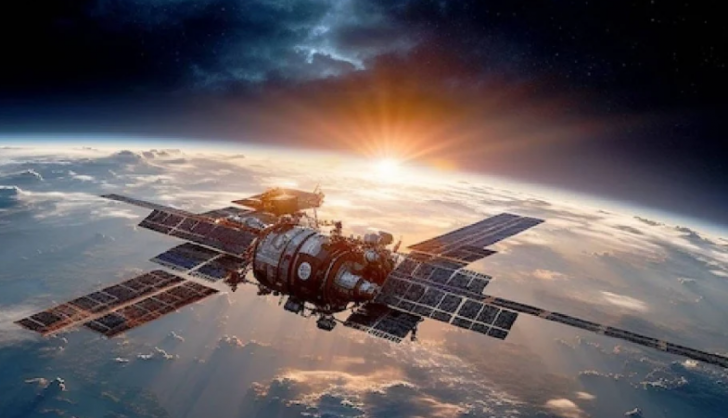After landing a spacecraft on the Moon in 2023, India is now aiming even higher: A space station orbiting the Moon by 2040. This bold step by the Indian Space Research Organization (ISRO) highlights the country’s growing confidence and capability in space exploration.
The proposed lunar space station is part of an ambitious roadmap that includes a permanent base on the Moon’s surface before 2050. The outpost will serve as a hub for scientific research, facilitate crewed missions to the Moon, and possibly act as a launchpad for future deep-space exploration.
ISRO’s Three-Phase Plan to the Moon
India’s space station plan is the culmination of a three-phase lunar exploration strategy. The first phase focuses on robotic missions. Chandrayaan 4, slated for 2028, is at the forefront of this effort. This mission aims to collect samples from the Moon’s south pole, an area rich in water ice, and return them to Earth.
Such missions are vital for understanding the Moon’s resources and preparing for human exploration.

The second phase is even more daring. By 2040, India plans to achieve its first crewed Moon landing. This milestone will pave the way for the construction of the lunar space station. The third and final phase involves completing the space station itself and establishing India’s long-term presence in lunar orbit.
What Is the Purpose of the Indian Lunar Station?
The lunar space station will serve as a living and working space for astronauts, allowing for extended missions to the Moon. It will also act as a research hub, providing scientists with a unique platform to study space phenomena, lunar geology, and more.
India’s space station plan extends beyond mere exploration.
It could boost global collaboration, drawing interest from international space agencies and private space companies. By developing such infrastructure, India positions itself as a significant player in the global space community.
The Enormous Mission Follows IROS’s Bharatiya Antariksh Station
The lunar station builds on the success of India’s Earth-orbiting plans. ISRO is already working on the Bharatiya Antariksh Station (BAS), a modular space station in low Earth orbit. The first module, BAS-1, is expected to launch by 2028, with the full station operational by 2035.
This project serves as a testbed for future lunar missions. The experience and technology gained from BAS will be crucial for the development of the lunar station. If nothing, it reflects ISRO’s pragmatic approach to tackling challenges step by step, ensuring that each phase informs the next.
What India’s Space Station Plan Means for the World
India’s space station plan is more than a technical challenge. It is a bold statement of ambition. It signifies India’s shift from being a regional space power to a global contender. The space station promises to advance scientific discovery, inspire innovation, and elevate India’s status on the international stage.

India’s focus on cost-effective solutions makes these goals more attainable and appealing to global partners.
What Are the Challenges and Opportunities?
Building a lunar space station is no small feat. ISRO will face hurdles in areas such as life support systems, radiation shielding, and long-term sustainability. However, India has a track record of overcoming challenges with innovative, low-cost solutions, as demonstrated by missions like Chandrayaan and Mangalyaan.
The project also presents opportunities for collaboration. Partnerships with countries like the US, Russia, and Japan could provide access to resources and expertise, accelerating progress. India’s focus on self-reliance will be key to the mission’s success.




